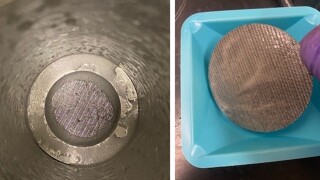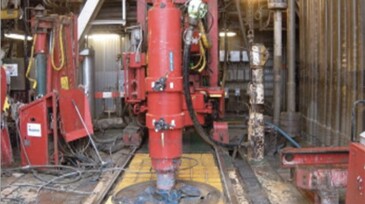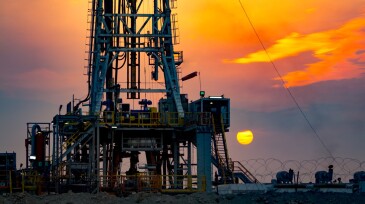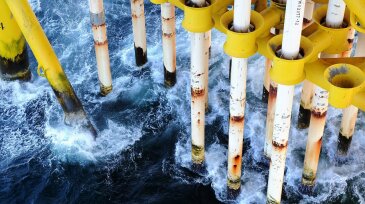Drilling
Geophysicist Markos Sourial discusses advances in seismic imaging, the challenges of modern data processing, and what they mean for the next wave of subsurface professionals.
This research aims to develop a fluid-advisory system that provides recommendations for optimal amounts of chemical additives needed to maintain desired fluid properties in various drilling-fluid systems.
This paper describes development of a high-temperature water-based reservoir drill-in fluid using a novel synthetic polymer and customized with optimal chemical concentrations and sized calcium carbonate.
-
A specialized fibrous material was examined and was found to be effective for hole-cleaning applications.
-
This paper describes the path to implementation of full casing rotation during primary cementing jobs.
-
Fluid identification, a critical process in fluid sampling, continues to be a challenge in temperatures above 350°F. At temperatures up to 450°F, fluid identification is currently achieved by bubblepoint and compressibility measurements, which cannot quantitatively measure contamination levels of the sample fluid. A possible solution involves using pyroelectric detect…
-
The operator drilled a pair of complex, ultraextended-reach-drilling (ERD) wells a mature offshore Western Australia field despite shallow reservoir depth, extreme ERD profile, and high tortuosity requirements.
-
This year, in the presence of enormous challenges, the selected papers demonstrate step changes both in efficiency and in the results of cementing operations.
-
Shale producers have learned in recent years that their fracture plugs may not be holding up as well as they thought. One of the first operators to realize the true scope of the issue is now sharing the pathway it took to solving it.
-
Anomalies in heart function can be diagnosed in real time by measuring an electrical signal. Petroleum engineers have adapted the concept to diagnose anomalous drilling conditions in real time using a shock signature recorded downhole.
-
Schlumberger has won a $480-million contract to drill 96 oil wells in southern Iraq for the country’s Basra Oil Company and for ExxonMobil, which operates the giant West Qurna-1 field with partners from Iraq, Japan, Indonesia, and China. West Qurna-1 is one of the world’s largest oil fields.
-
As the saying goes, the future is now. This is certainly the case offshore Norway, which represents one of the industry’s most influential test beds for impactful innovation.
-
Another technology developer is trying to convince oil companies that they really do need more power and downhole data while drilling.













